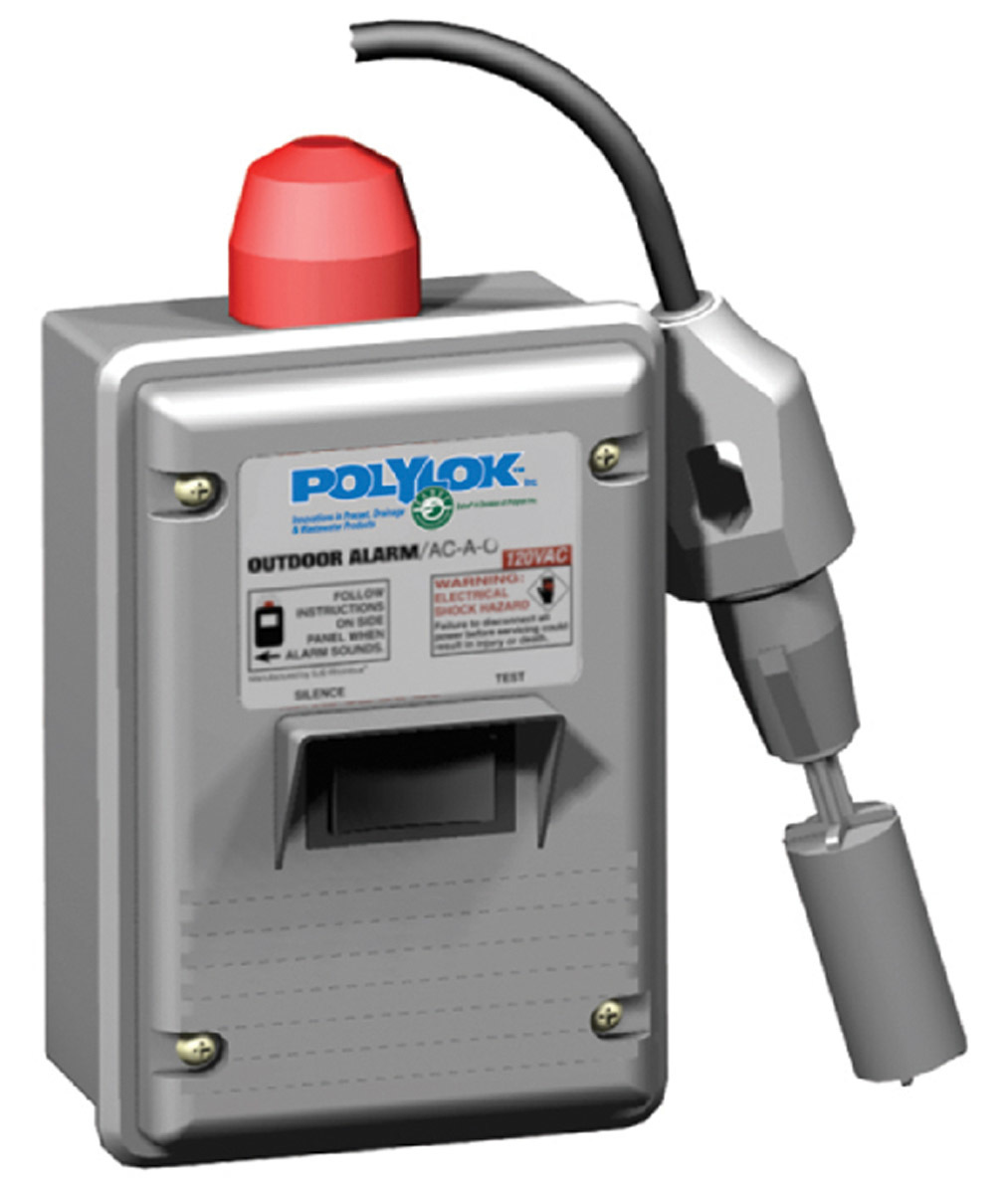Controlling humidity, water management and water treatment are vital aspects of keeping an efficient, safe home. We will examine the importance of sump and condensate pump systems, progressive cavity pumps and water treatment in this article. Understanding these vital elements will enable homeowners to safeguard themselves from water damage, and also ensure that their HVAC systems are operating at their peak. They also help facilitate fluid transfer with efficiency, improve their water quality and protect their property from being damaged by water.

The lifesaver below: unveiling the significance of sump pumps
Sump pumps are your home’s most effective defense in case of melting snow or heavy rain is threatening to cause flooding in your basement. Sump pump is installed in a pit, known as a sump basin, in the lowest part of the basement or crawl space. They serve the primary function of taking water and directing it away from the foundation in order to avoid water damage, structural problems and the growth of mold. Regular maintenance and proper installation of sump pump are crucial to ensure their effectiveness when you need them the most.
The prevention of flooding is among the main concerns in keeping your home healthy. Flood waters can cause structural damage to your house and property, but they create serious health problems if there is mold and mildew start growing in flooded areas. Sump pumps sit in sump pits beneath ground level, in your basement or crawlspace. Their purpose is to drain water from the area. Installing a sump pump can aid you in avoiding flooding and help prevent costly damage as well as health risks.
Condensate pumps ensure that homes are dry and humidity under control
Controlling humidity is crucial to the comfort of your home. It can also help keep moisture-related issues out of the way. In HVAC systems condensate pumps play a vital role in managing excess moisture that is generated during the cooling process. The pumps are able to remove and capture condensate to prevent water accumulation in the system. This can lead to inefficiency, mold, and equipment damage. Condensate pumping helps maintain the optimal humidity level and improves the efficiency and longevity of HVAC systems.
The cavity pump that is progressive A groundbreaking method for fluid transfer
Transfer and handling of fluids have been revolutionized through advanced cavity pumps used in many industries. They utilize the helical rotor and stator design to generate a consistent flow of fluids. This makes them ideal for handling abrasive or viscous materials. The cavity pump that is progressive ensures an exact fluid flow and reduces the time it takes to repair. They’re suitable for a range of industries, such as oil and gas processing, food processing, wastewater treatments, and others, due to their versatility and strength.
Systems for water treatment: From polluted drinking water to water that is clean
The safety and quality of water is increased the use of water treatment systems. They eliminate impurities, pollutants and harmful chemicals, ensuring the water that is used to cook, bathe drinking, and other activities in the home is safe. Water treatment systems employ a variety of methods which include filtering, disinfection, and purification for the removal of contaminants, bacteria and viruses. Water treatment systems will provide peace of mind knowing that your family and you can enjoy healthy, pure water.
Sump pumps, condensate pump progressive cavity pumps and water treatment systems play integral parts in improving the efficiency, safety, and the well-being of houses. Sump pumps stop the flooding of basements and damage to structural structures. Condensate pump controls the temperature of HVAC systems in order to ensure the best performance and stop the growth of mold. Progressive cavity pumps aid in efficient transfer of fluids in various industrial applications, boosting efficiency and reducing the time it takes to repair. In addition, water treatment systems remove impurities and contaminants from water sources to provide clean, safe water. It is essential for homeowners to understand and keep these systems up and running in order to safeguard their home as well as improve efficiency in energy use and improve the quality of life.
